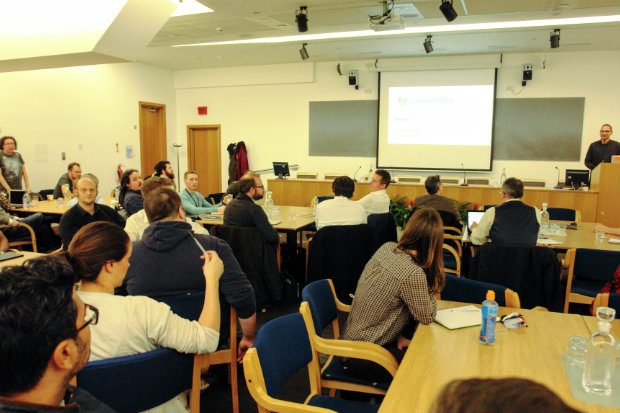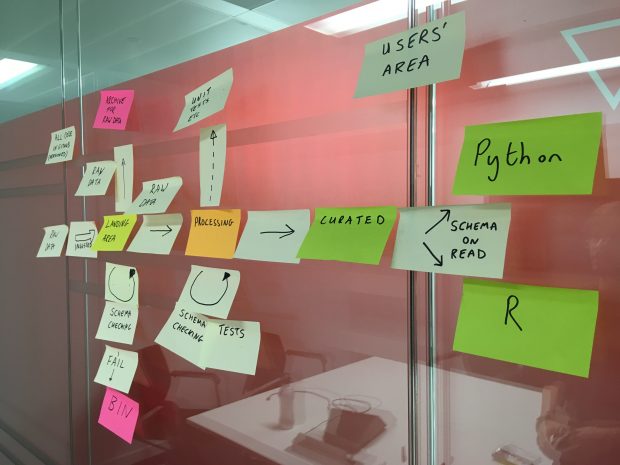Attending DAUGS X last November

...is one of the great added benefits of this event: the opportunity to come together, to share and to learn from what’s happening in other departments. What is DAUGS (for)?...

...is one of the great added benefits of this event: the opportunity to come together, to share and to learn from what’s happening in other departments. What is DAUGS (for)?...

...the stakeholder’s needs by holding frequent reviews and user testing, and also the security of the data acquired. This ensures use of appropriate tools when putting work into production. Alex,...
...priority user needs. Clearly there is some way to go, especially with regard to the systems which providers will use to record and communicate the outcomes of telephone and in-person...
...for users currently relying on friends and family. Gathers evidence that the full end-to-end user journey (from when the user starts to seek information about the service through to when...
People Finder aims to be provide an accurate, easy to maintain search service for staff to find where, when and with whom staff work within MOJ HQ. Currently used by...
...including a specific exit survey for this service and continued use of analytics. Increased value will be added as more users have access to the service. The user researcher is...
...feeds into a software application for court staff to check with the Department of Work & Pensions (DWP) whether the applicant is in receipt of benefits or on low income;...
...a way to notify users of revoked licences within the digital journey. User needs and research The team used a number of different sources of insight to identify user needs...

...be tested with colleagues at Innovate UK. The plan is to tune the input and model parameters to see how to get the most out of them. Do you have...

Aiming to be data-centric Like most organisations today, the Ministry of Justice (MoJ) wants to use its data more effectively. The goal is to make sure that people making decisions...